Beef Cuts Diagram: The Comprehensive Guide
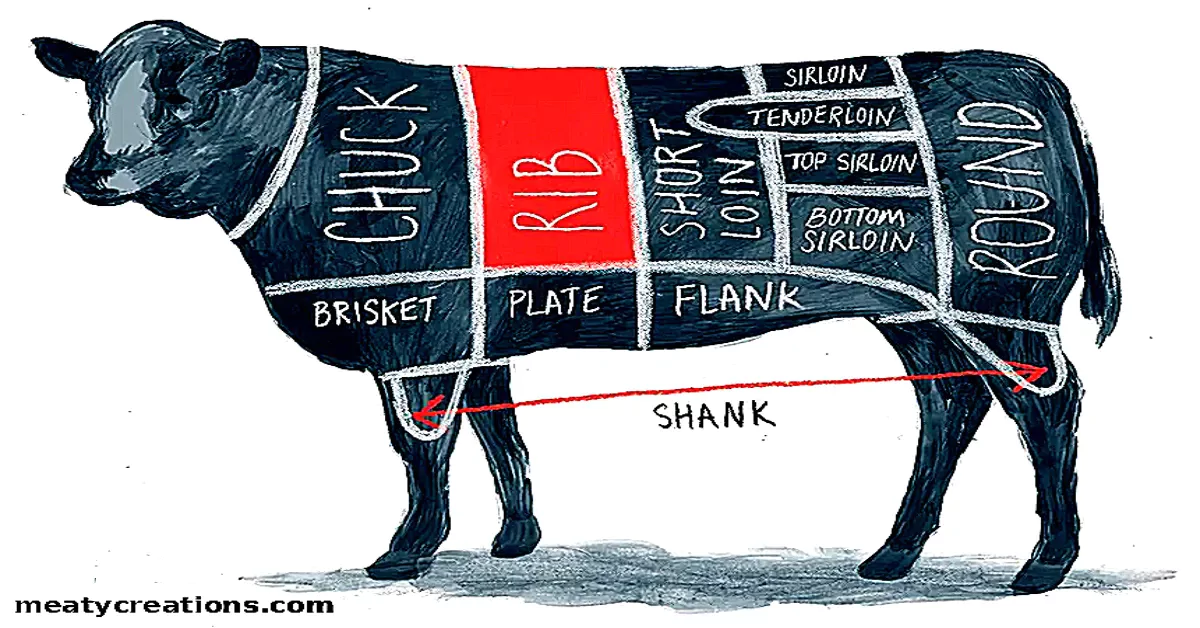
Whether you’re a food enthusiast, an aspiring home cook, or someone who simply loves a well-prepared steak, understanding the beef cuts diagram can elevate your culinary skills to the next level. Let’s embark on a flavorful journey through the different cuts of meat, their uses, and the magic they bring to your kitchen.
How I Discovered the Magic of the Beef Cuts Diagram
As a chef, my love affair with beef began early in my career. I vividly recall my mentor walking me through a detailed beef cuts chart during culinary school. It wasn’t just a guide; it was a roadmap to flavor and technique. Back then, I realized grethat knowing the cuts of meat on a cow wasn’t just about cooking – it was about storytelling, respect for the animal, and creating dishes that celebrated each cut’s unique properties.
Understanding the Beef Cuts Diagram
What Is a Beef Cuts Diagram?
A beef cuts diagram visually represents the different sections of a cow and their corresponding cuts of meat. Each part of the cow offers unique flavors, textures, and cooking methods. Whether it’s the tenderloin’s buttery softness or the brisket’s robust richness, every cut tells a story.
The Main Sections of a Cow
- Chuck: Located near the shoulder, this area is known for its rich flavor and marbling. It’s ideal for braising or slow-cooking.
- Popular Cuts: Chuck roast, shoulder steak, flat iron.
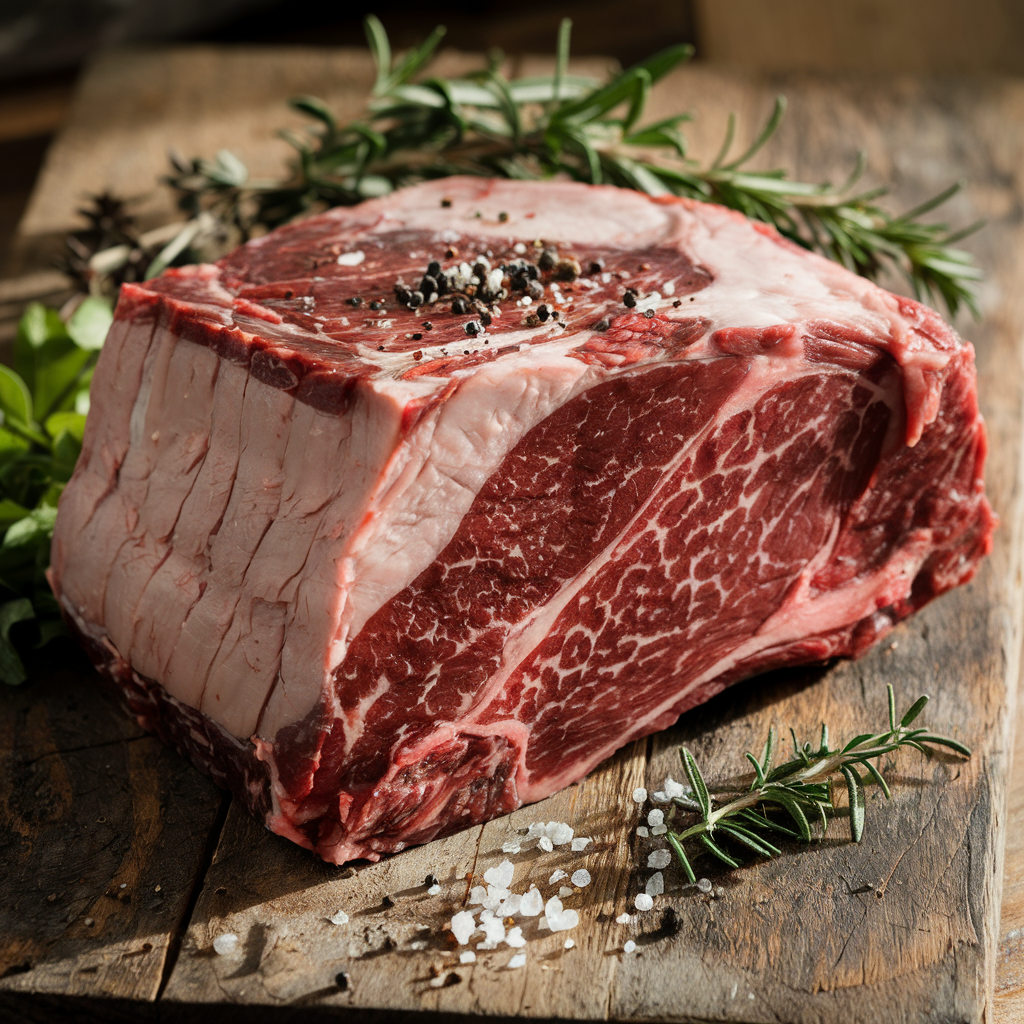
2.Rib: Found in the upper middle section, the rib is prized for its tenderness and fat content.
- Popular Cuts: Ribeye, prime rib, short ribs.
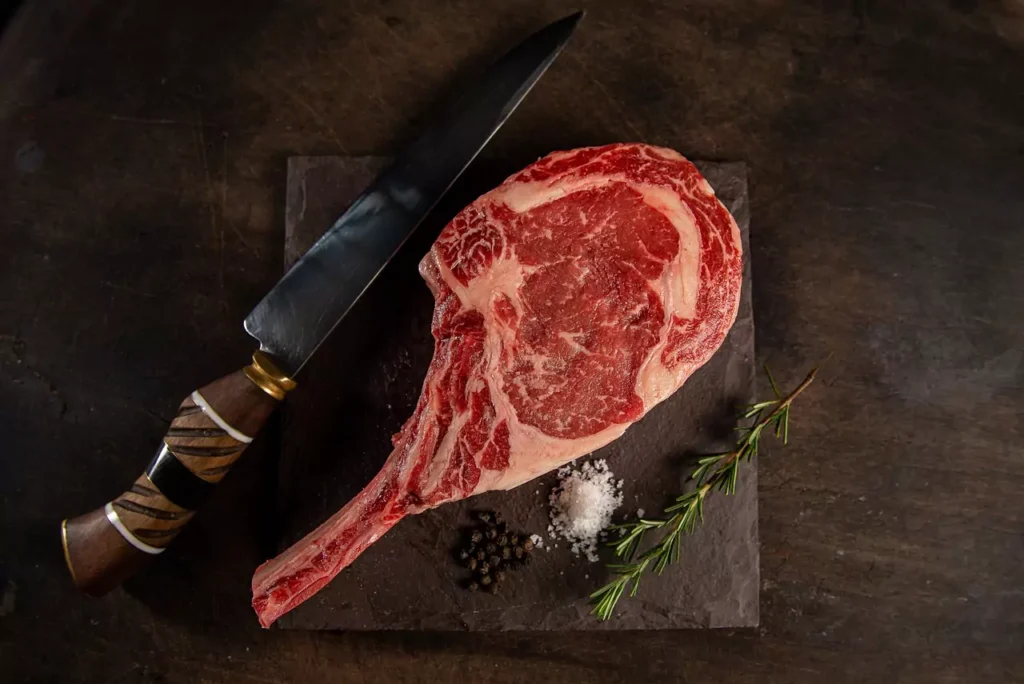
3.Loin: Divided into short loin and sirloin, this area offers some of the most tender and sought-after cuts.
- Popular Cuts: Tenderloin, T-bone steak, porterhouse steak.
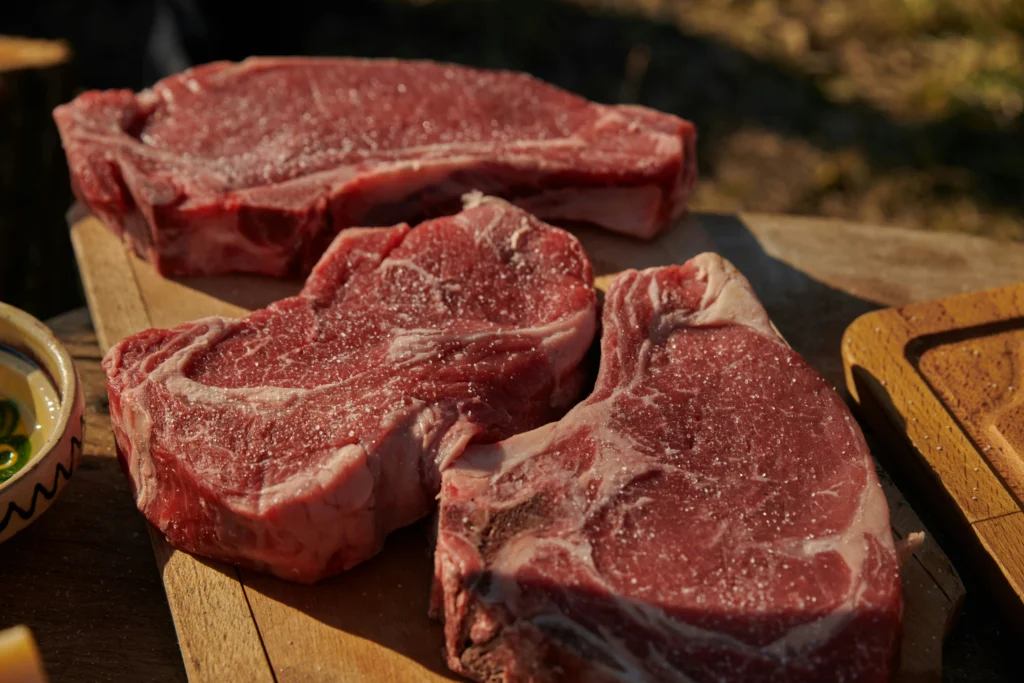
4.Round: This lean section is located near the rear of the cow and is best suited for roasting or slow cooking.
- Popular Cuts: Top round, bottom round, eye of round.
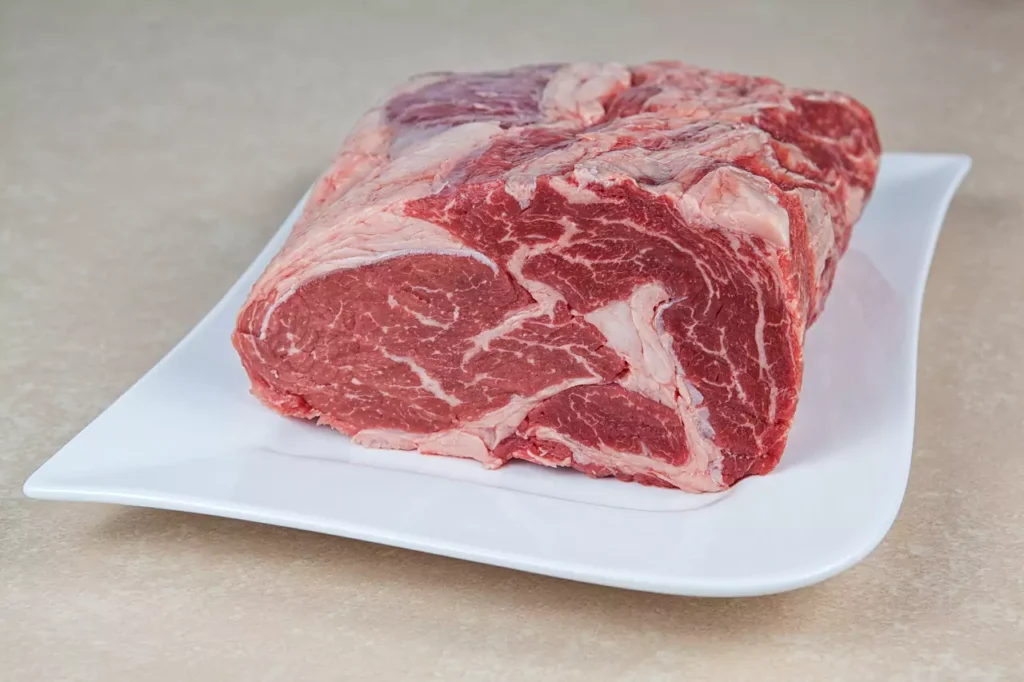
5.Brisket: A tough but flavorful cut located in the lower chest, perfect for slow cooking or smoking.
- Popular Cuts: Flat cut, point cut.
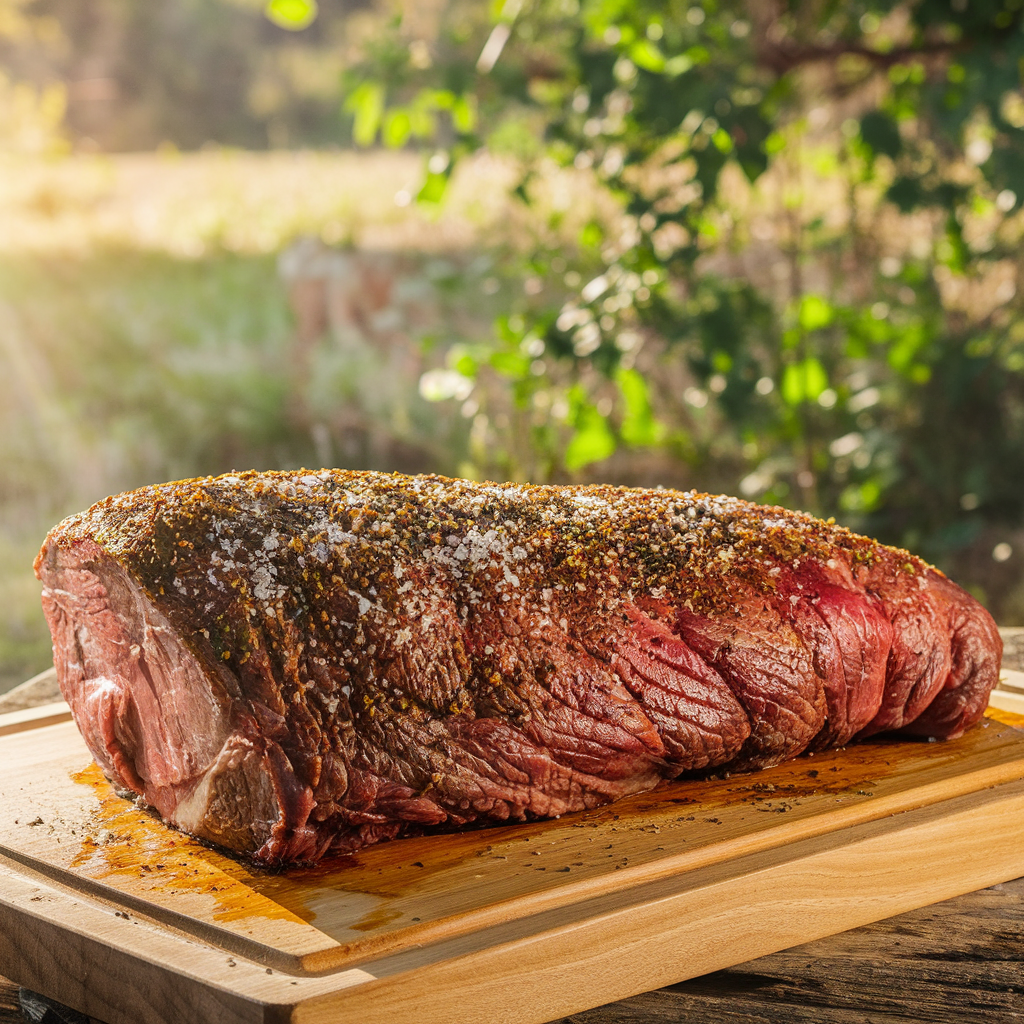
6.Shank: Found in the leg, the shank is ideal for soups and stews due to its connective tissue and rich flavor.
- Popular Cuts: Osso Buco, cross-cut shank.
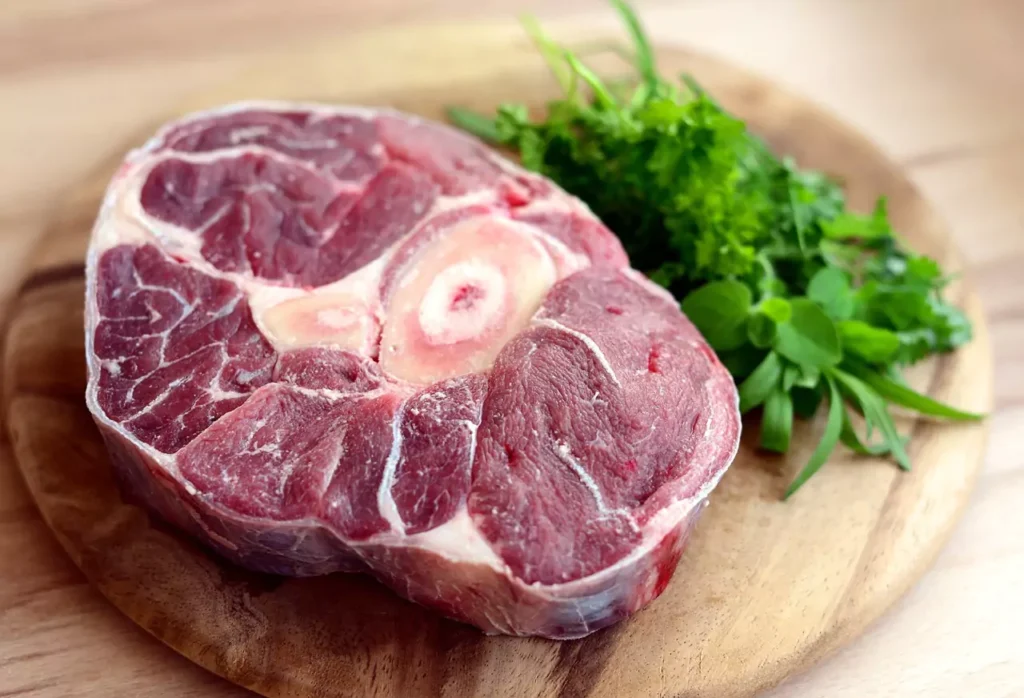
7.Plate and Flank: Known for their robust flavor, these cuts are great for grilling or marinating.
- Popular Cuts: Skirt steak, flank steak.
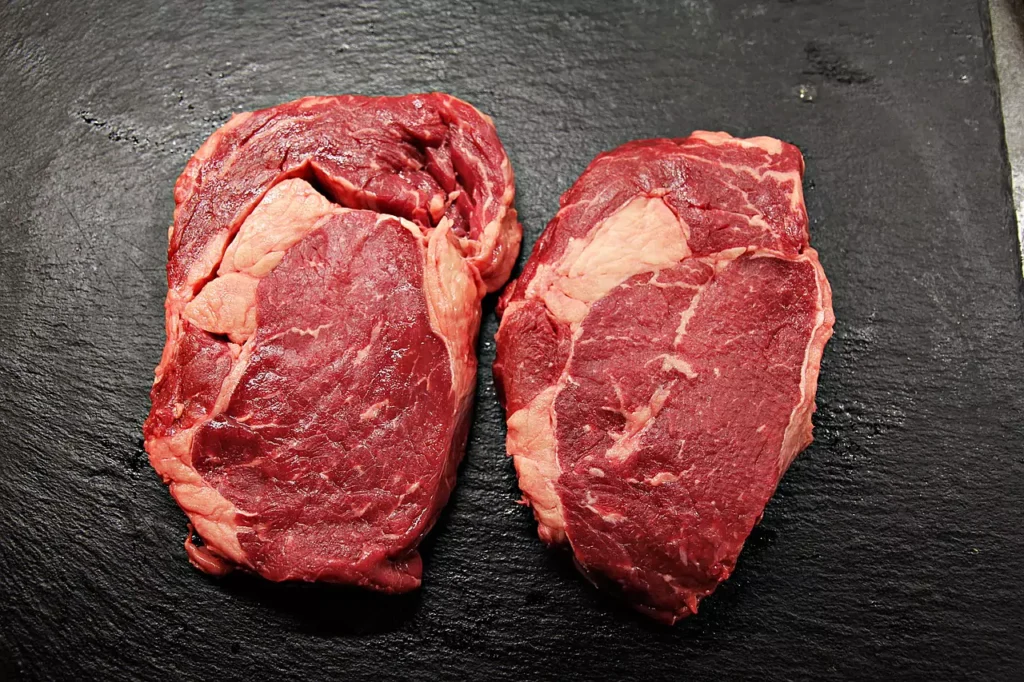
My Top Tips for Perfecting Beef Cuts-Based Dishes
1. Match the Cut to the Cooking Method
Each cut of beef has a preferred cooking method:
- Tender Cuts (e.g., ribeye, tenderloin): Best for quick, high-heat methods like grilling or searing.
- Tough Cuts (e.g., brisket, chuck): Shine when braised, slow-cooked, or smoked.
Pro Tip: Always let your meat rest after cooking to retain its juices and enhance flavor.
2. Marbling Matters
Marbling refers to the white streaks of fat within the muscle. More marbling typically means better flavor and tenderness. Cuts like ribeye and New York strip are prime examples.
Pro Tip: Choose USDA Prime or Choice grades for the best marbling.
3. Don’t Overlook Budget-Friendly Cuts
Affordable cuts like flank steak and skirt steak can be transformed into gourmet meals with the right marinade and cooking technique.
Pro Tip: Slice these cuts against the grain for maximum tenderness.
Why the Beef Cuts Diagram Should Be a Staple in Every Kitchen
- Empowers Smart Shopping: Knowing your cuts helps you select the right meat for your recipes and budget.
- Boosts Cooking Confidence: Understanding the anatomy of a cow ensures you’ll cook each cut to perfection.
- Supports Sustainability: Utilizing the entire cow reduces waste and honors the animal.
From Butcher to Plate: How to Choose and Prepare Cuts
1. Building a Relationship with Your Butcher
One of the best ways to get the most out of your beef cuts is to establish a rapport with your local butcher. Butchers can provide insights on the freshest cuts, recommend alternatives for your recipes, and even custom cut meat to your preference.
Pro Tip: Don’t hesitate to ask questions or seek advice. A good butcher will always be happy to guide you.
2. Tools of the Trade
To prepare beef like a pro, ensure your kitchen is equipped with essential tools:
- Sharp Knives: A chef’s knife and boning knife are must-haves.
- Meat Thermometer: To achieve the perfect doneness. (A Comparison Guide To Buying Meat Thermometers)
- Cast Iron Skillet: Ideal for searing steaks.
- Slow Cooker or Dutch Oven: Perfect for tough cuts that require low and slow cooking.
Pro Tip: Regularly sharpen your knives to make cutting and trimming beef easier and safer.
3. Proper Storage and Handling
- Storage: Store beef in the refrigerator at 32-40°F or freeze it for longer shelf life. Wrap it tightly to avoid freezer burn.
- Thawing: Always thaw beef in the refrigerator for even and safe defrosting.
- Resting and Slicing: Allow cooked beef to rest for a few minutes before slicing. For tougher cuts, always slice against the grain to maximize tenderness.
FAQ: Beef Cuts Diagram
The tenderloin is the most tender cut, known for its buttery texture and mild flavor.
Ribeye, sirloin, and strip steak are excellent choices for grilling due to their marbling and flavor.
Opt for versatile, budget-friendly cuts like chuck or round. With proper cooking techniques, these can be just as delicious as premium cuts.
Prime rib is a roast cut from the rib section, while ribeye is a steak cut from the same area.
Keep beef in the refrigerator at 32-40°F or freeze it for longer storage. Always wrap it tightly to prevent freezer burn.
Conclusion: Embrace the Beef Cuts Diagram
Mastering the beef cuts diagram unlocks a world of culinary possibilities. From tender steaks to hearty roasts, each cut brings something special to your plate. So, grab a beef cuts chart, head to your local butcher, and start exploring the endless potential of this versatile meat.
Ready to put your newfound knowledge to the test? Share it with friends and family and follow my blog for more chef-inspired tips and recipes!
Meat Topics:
Can You Freeze Smoked Salmon? A Chef’s Guide
Beef Heart : Discover the Nutritional Benefits
